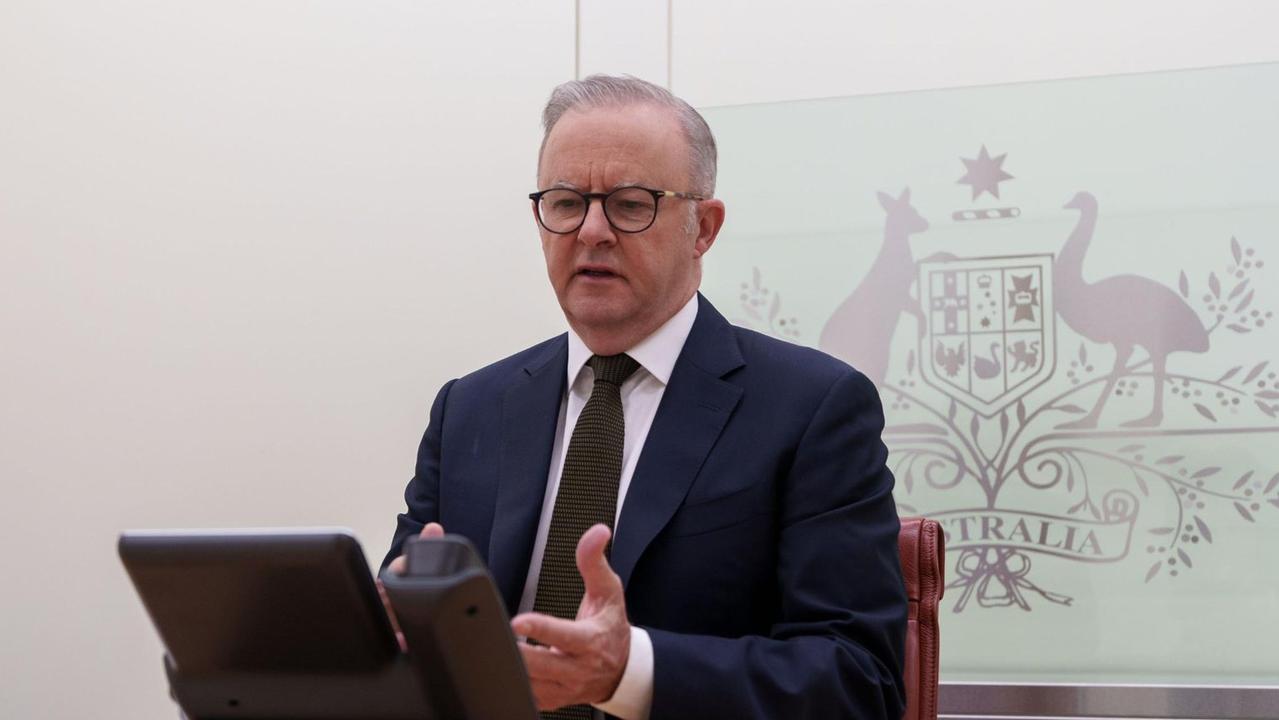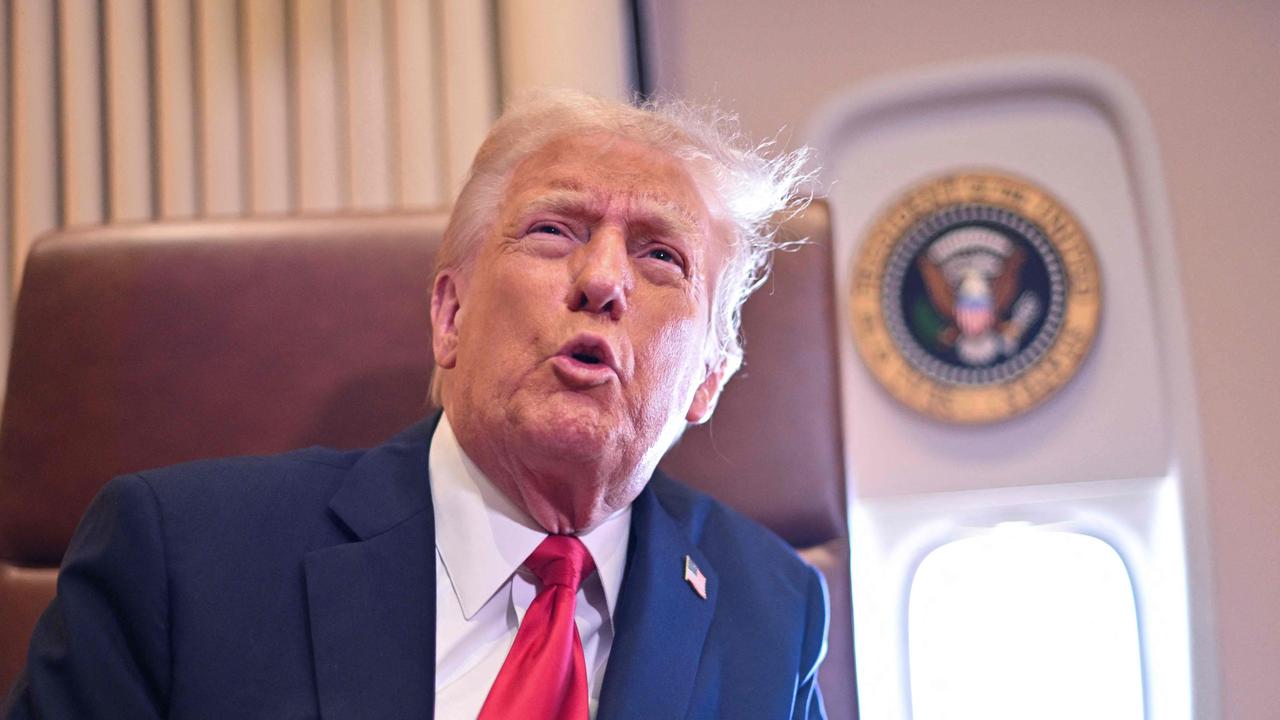Vikki Campion: Green offset tax is a con that will ruin rural Australia
Biodiversity tax is adding up to $300,000 to the cost of a regional home and will suffocate rural Australia — without producing any actual benefit to the environment, writes Vikki Campion.
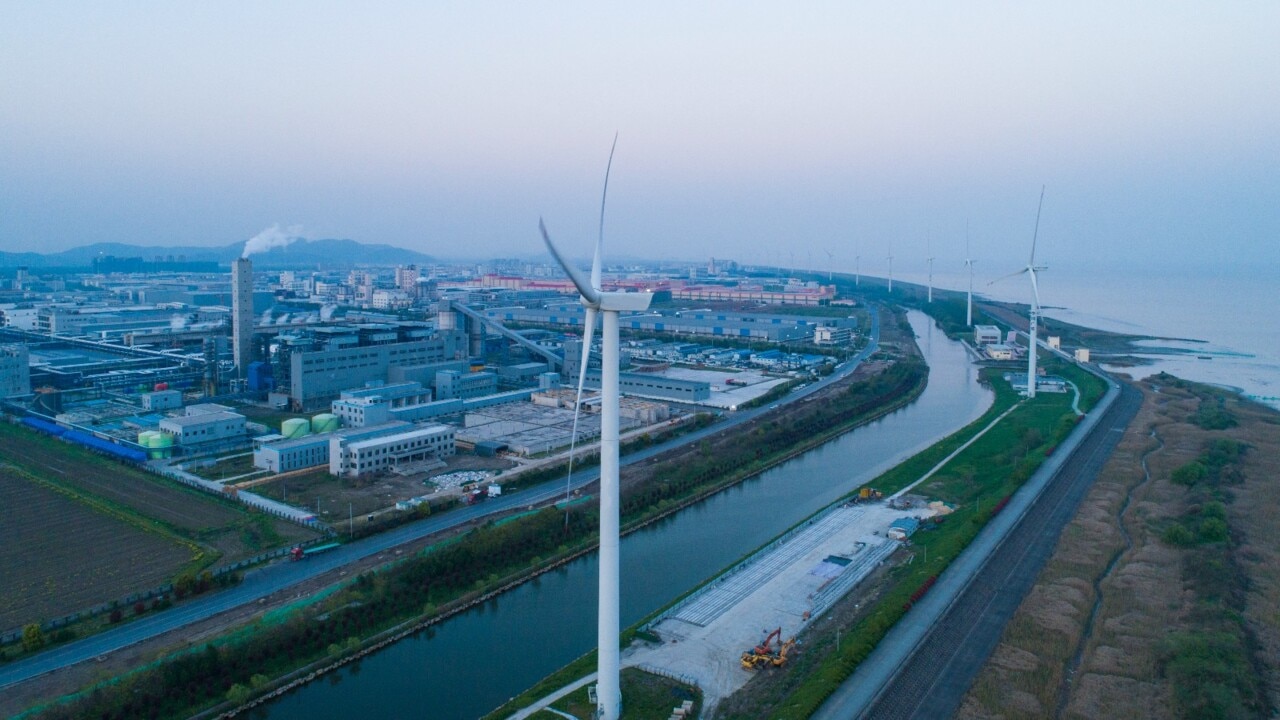
Opinion
Don't miss out on the headlines from Opinion. Followed categories will be added to My News.
In the race for a rapidly growing offset market — expected to reach $190 billion by 2030 — regional NSW is being economically suffocated.
Rather than roads going through former wheat paddocks, home to rabbits, vermin and weeds, they will go through existing homes because the paddock is, on paper only, a “biodiversity offset” — known to bureaucracy as a biodiversity Garden of Eden.
However, wind turbines as tall as Centrepoint tower can be built near the perimeter of the world heritage-listed Oxley Wild Rivers National Park, home to squirrel gliders, tiger quolls and koalas.
In NSW alone, the $112.7 billion state government infrastructure pipeline needs about $6 billion worth of carbon credits. You’ll see that in the cost of housing.
Meanwhile, at Sharm el-Sheikh this week at COP27, delegates still could not decide whether carbon credits “should take into account biodiversity and human rights”.
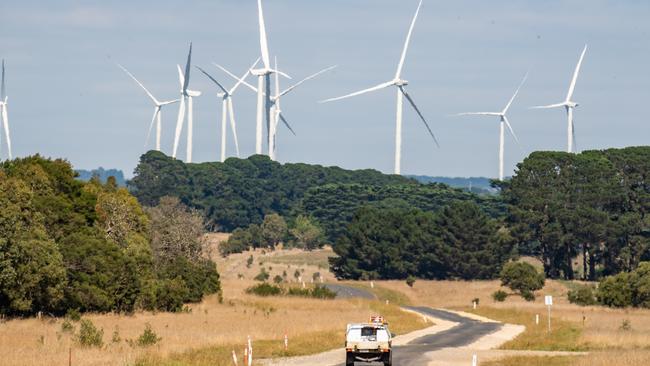
In regional Australia, carbon offsetting can be categorised as a mechanism where stock or crops are removed from a paddock while a company somewhere else emitting whatever it wants in the course of business can claim responsibility for the reductions and market itself as sustainable, green and “net zero”.
On one hand, remote blocks wearing the offset tag are locked up forever. Roads and homes can never be built on them, stock cannot graze them, and they become an economic desert for the local community.
On the other, vacant land in NSW slated for development must pay a biodiversity tax — up to 10 times more than the project itself, and a development application cannot proceed until biodiversity tax is paid.
A $40 million wild dog fence faced a biodiversity tax of $70 million, nearly twice the cost of the actual fence. Instead, they moved it six inches north into Queensland to avoid the toll.
Gilgandra Shire wanted to develop a block by the Newell Highway, which had been cleared and farmed for 40 years — until biodiversity scheme boffins gave them a $1.4 million bill because their audio monitoring equipment captured an eagle flying past.
A gypsum quarry employing locals and paying Indigenous royalties for 25 years had rehabilitated its site. It was going to move its workforce — and royalties — to another nearby, until the tax for the $1 million plan was assessed at up to $9 million.
Bourke wanted to cut chookyard-size blocks sold dirt cheap to lure jobs into their shire which was suffering 9.5 per cent unemployment. After the biodiversity tax, prices soared from $48,000 to $480,000 a block.
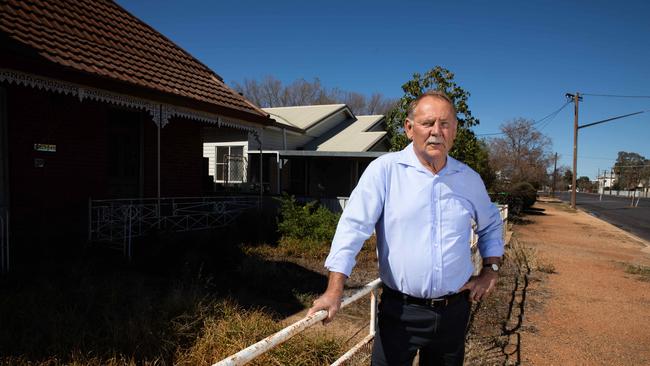
As NSW country mayor spokesman, Narromine Mayor Craig Davies, rattles off these examples.
He points out: this is Bourke, not the Daintree. It’s scrub, not pristine rainforest.
These taxes were never in place when developers were carving up Byron Bay or the Sydney Harbour — but now this tax adds up to $300,000 to the cost of a regional home.
Why is it suddenly moral for overseas companies to tie up our country?
We were told rural landowners were supposed to be the great beneficiaries of this wealth, but the reality is that the beneficiary is the bureaucracy — and the person who pays is you.
In NSW, the Environment Minister has been asked to increase the fee for landholders looking to become an offset under a Biodiversity Stewardship Agreement tenfold to $26,500, while for landholders to get an accredited assessor can cost up to $200,000.
Most of those who can afford this rigmarole and go down this route put their land into “passive management”.
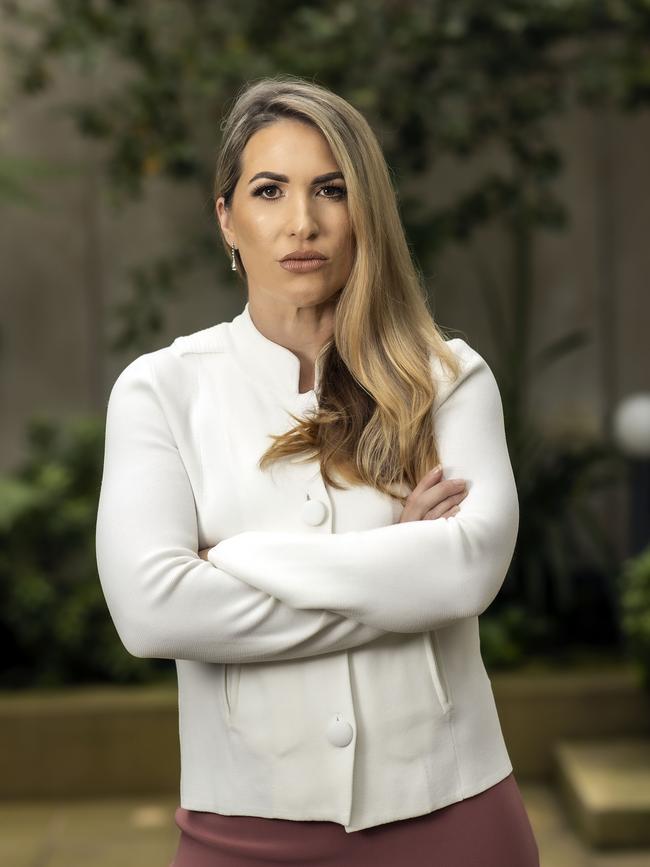
For a farm recently sold for these offsets in Bourke, the station manager got an eviction notice, the cattle were sold off, the stock and station agents and transport operators no longer there — and the money no longer goes into the town.
The new owner lives in Sydney, unaware of what is occurring on his investment, with no interest in the land producing food.
In NSW, more than 90 per cent of active offset sites do not have any ecological monitoring requirements.
How can you suggest an unmonitored paddock is kicking environmental goals when you don’t know and have never checked what animals or plants live there?
Koalas don’t live in blackberries — but rabbits do.
How does selling our food-producing paddocks to big emitters overseas to keep empty in perpetuity help anyone?
So-called offsets top the hierarchy over job and home-creating development while species living in pristine habitats in northern NSW will need to endure the industrial noise of intermittent generation from wind turbines with planned wind farms now open to EIS approvals.
While PM Anthony Albanese is telling world leaders at the G20 that Australian farmers will help avert global famine, he then signs us up to methane pledges which will do the opposite. Farmers are being warned to prepare to pay 80c per steer per day to pay for methane.
Australia at best can feed 80 million people — the globe’s population is 8000 million people — and that’s before the pain from methane pledges and this $350 million biodiversity handbrake starts to puncture our economy and global food stack.
Country mayors like Mr Davies have been warning there will come a day when the land locked up west of the divide will suffer a lightning strike, and the fire will burn uncontrollably, releasing record amounts of emissions into the atmosphere.
The only thing that will be locked up in forever is the economic future of our regional towns.
The scheme fails on every level — it fails to secure Australian food stacks, for both us and others around the world, and it forces regional Australia into an unaffordable backwater while its “passive management” fails to provide jobs, institute any level of care, or protect the very species its own proponents claim to care so much for.
We don’t know what’s being sold to whom or what. Transactions in NSW are reduced to meaningless ID numbers.
The vast majority appear to be slurped up by unregulated “eco” brokers like a new form of green crypto, buying and selling nothingness.
There needs to be a public register of biodiversity credits with complete information — which doesn’t exist.
When the NSW Auditor General pointed that out, the NSW Department of Planning and Environment bureaucrats said implementing unique credit identifiers was “unlikely to be possible”.
The lesson for NSW is that if your main focus is to keep the teals out of seats, give up fighting for regional ones.


